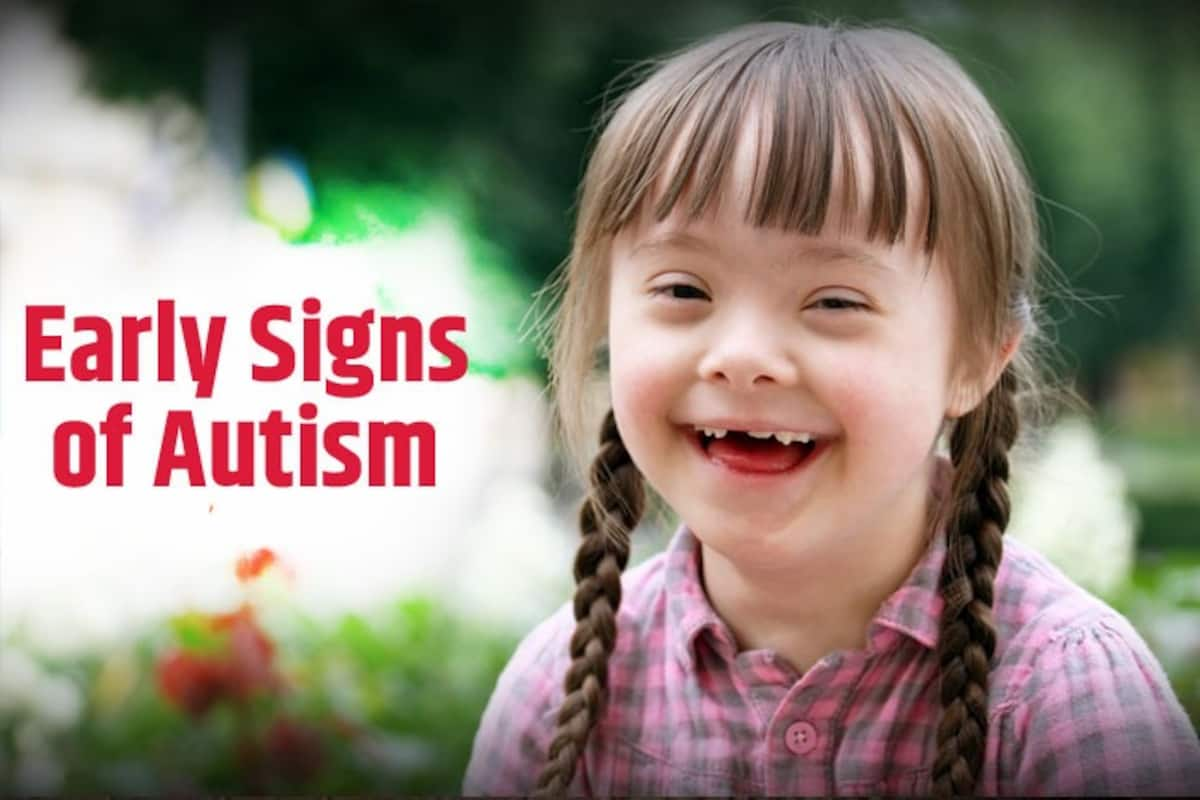Browsing Social Difficulties: Tips for Individuals Coping With Autism
Browsing Social Difficulties: Tips for Individuals Coping With Autism
Blog Article
Exploring Autism: Strategies for Efficient Communication and Interaction
Efficient interaction and communication with people on the autism range demand a thorough understanding of their unique needs and choices. Strategies such as utilizing clear language, using visual supports, and fostering consistent routines can dramatically enhance engagement and decrease anxiety. Furthermore, acknowledging the significance of non-verbal cues and shared rate of interests paves the method for meaningful connections. However, the intricacies of these approaches expose additional considerations that merit exploration, particularly in exactly how they can be adjusted to varied contexts and individual experiences. What might these adaptations appear like in method?
Recognizing Autism Spectrum Condition
Autism Spectrum Condition (ASD) encompasses a variety of neurodevelopmental conditions defined by challenges in social interaction, interaction, and repetitive habits. The term "range" shows the varied symptoms and differing degrees of seriousness experienced by people with ASD. While some may exhibit substantial disabilities, others might show high-functioning traits, permitting for greater freedom in day-to-day live.
The onset of ASD generally takes place in early youth, with indications often identifiable by age two. Early indications might include delayed speech advancement, minimal eye contact, and troubles in understanding social hints. The specific etiology of ASD remains unclear, research suggests a combination of genetic and environmental variables plays a crucial role in its development.
People with ASD frequently possess special toughness, such as enhanced focus to information and outstanding memory abilities. They may have a hard time with comprehending abstract concepts and managing changes to regular - autism. Consequently, interventions and support tailored to individual demands are crucial for cultivating interaction and social skills. Recognizing the intricacy of ASD is essential for advertising understanding, acceptance, and reliable methods that assist in meaningful interactions with individuals on the range.

Relevance of Clear Interaction
Reliable interaction is essential for cultivating understanding and link, especially for individuals with Autism Range Problem (ASD) Clear communication not only facilitates social communications yet likewise enhances the person's capability to reveal their thoughts, needs, and feelings. For individuals with ASD, the subtleties of language can frequently be testing; as a result, utilizing straightforward and distinct language is essential.
In addition, clear communication helps in reducing irritation and stress and anxiety that might develop from misunderstandings. When messages are communicated in a constant and direct way, people with ASD are better furnished to interpret details accurately, which can dramatically enhance their social involvement and engagement in different setups.
Establishing regimens and making use of visual assistances can further reinforce clear communication. These approaches provide people with foreseeable frameworks that help understanding and retention of details. Furthermore, proactively listening and being individual throughout interactions promotes an encouraging environment where individuals with ASD really feel valued and recognized.
Ultimately, prioritizing clear interaction not just encourages individuals with ASD however additionally fosters more significant connections with their peers, caretakers, and the bigger community, leading the way for comprehensive communications and collaborative connections. - autism
Non-Verbal Communication Methods
Interaction expands past words, and for people with Autism Spectrum Disorder (ASD), non-verbal hints play a significant role in interactions. Non-verbal communication methods can include faces, motions, from this source body movement, and eye contact, every one of which work as important parts for conveying purposes and feelings.
Understanding and interpreting these non-verbal signals can enhance interactions with individuals with ASD. A cozy smile or open position can produce a welcoming atmosphere, motivating interaction. Using aesthetic aids-- such as picture cards or symbols-- can bridge interaction spaces and assist communicate messages more successfully.
It is additionally crucial to be mindful of personal space, as people with ASD may have various comfort levels concerning proximity. Observing their responses to physical nearness can inform ideal modifications.

Producing Supportive Environments
Producing a helpful environment is crucial for cultivating positive interactions and boosting the wellness of individuals with Autism Spectrum Disorder (ASD) Such atmospheres can significantly reduce anxiousness and produce a sense of safety and security, enabling individuals to share themselves a lot more freely.
To attain this, it is vital to consider sensory level of sensitivities that individuals with ASD may experience. Modifying the physical room to include soft lights, minimal history noise, and comfy seating can create a relaxing environment. In addition, using regular routines and clear aesthetic timetables can assist people expect transitions and minimize uncertainty, additional advertising comfort.
Social areas should be structured to lessen frustrating stimuli while supplying opportunities for interaction in recommended activities. Promoting areas assigned for silent time can likewise offer as a refuge during moments of stress and anxiety. Importantly, integrating aspects of choice equips people, permitting them to exercise agency in their atmosphere.

Urging Social Communications
Fostering social communications among people with Autism Range Disorder (ASD) calls for willful methods that focus on comfort and involvement. Establishing foreseeable regimens can help in reducing anxiety, making social settings extra approachable. Producing organized environments with defined obligations and duties allows people to involve without the overwhelming stress of disorganized social dynamics.
Integrating passions and strengths into social activities can function as a stimulant for interaction. As an example, arranging team Full Article tasks around shared hobbies or topics of attraction can assist in all-natural conversations and connections. Additionally, using visual supports, such as social manuscripts or photographic timetables, can aid in understanding social hints and expectations.
Modeling proper social actions is important - autism. Grownups and peers should demonstrate efficient interaction strategies, consisting of energetic listening and turn-taking. Role-playing situations can likewise supply a secure space for people to exercise these skills
Lastly, fostering peer relationships through inclusive techniques is important. Encouraging inclusive playdates or team outings can create opportunities for socialization in a comfortable setup. By see page applying these caretakers, techniques and educators can significantly boost social interactions for individuals with ASD, advertising their general social development and health.
Conclusion
In conclusion, effective interaction and communication approaches are important for sustaining people with Autism Range Disorder. Ultimately, these methods encourage individuals with autism to navigate social landscapes, promoting their total well-being and allowing the advancement of enduring partnerships.
Reliable communication and communication with individuals on the autism spectrum necessitate a detailed understanding of their one-of-a-kind needs and preferences. Clear communication not only helps with social interactions however likewise boosts the person's capacity to express their requirements, thoughts, and emotions.Cultivating social communications among individuals with Autism Spectrum Condition (ASD) needs intentional techniques that prioritize convenience and involvement. By applying these caregivers, educators and strategies can significantly boost social communications for individuals with ASD, promoting their total social advancement and well-being.
In verdict, efficient communication and communication techniques are important for sustaining people with Autism Spectrum Problem.
Report this page